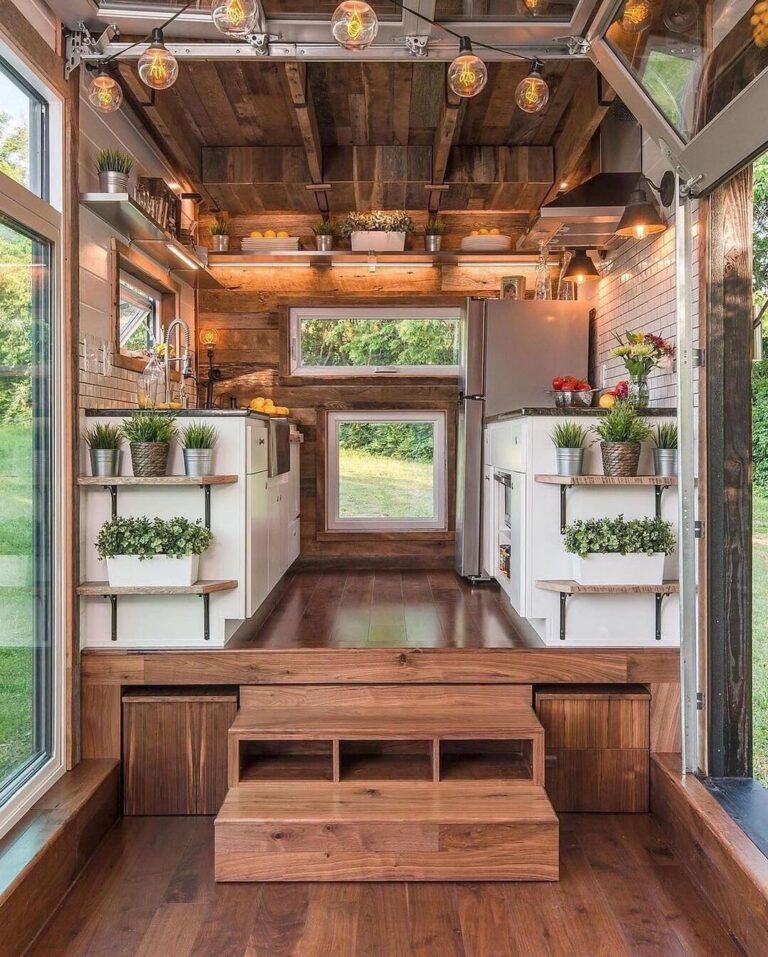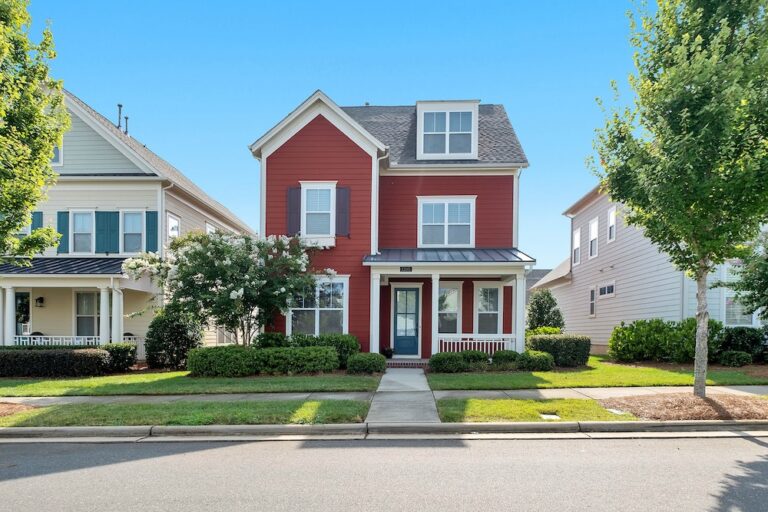Advantages Of Outdoor Wood Furnaces And Boilers For Home Heating
Outdoor wood furnaces are a standard heating source throughout rural American areas. Homeowners or business proprietors can use the plethora of maturing trees brought down in natural disasters to gain wood to feed their stoves. They can also obtain it by way of sawmills or tree services whose waste production would ultimately create gases into the environment as the products lay useless in the landfill. This wasted energy is of much better service as a heating resource for the outdoor furnace.

What Is An Outdoor Wood Heat Source?
An outdoor wood furnace can also be referred to as an ‘outdoor boiler’ or known as an ‘outdoor water stove’. The system has a design inclusive of a firebox for the wood with a ‘water jacket’ around the box, which has weather-proof insulation enclosing it. These units are comparable in size to that of an ‘outhouse’ complete with a smokestack comprised of standard metal material often painted in shades of black, green, blue, or brown.
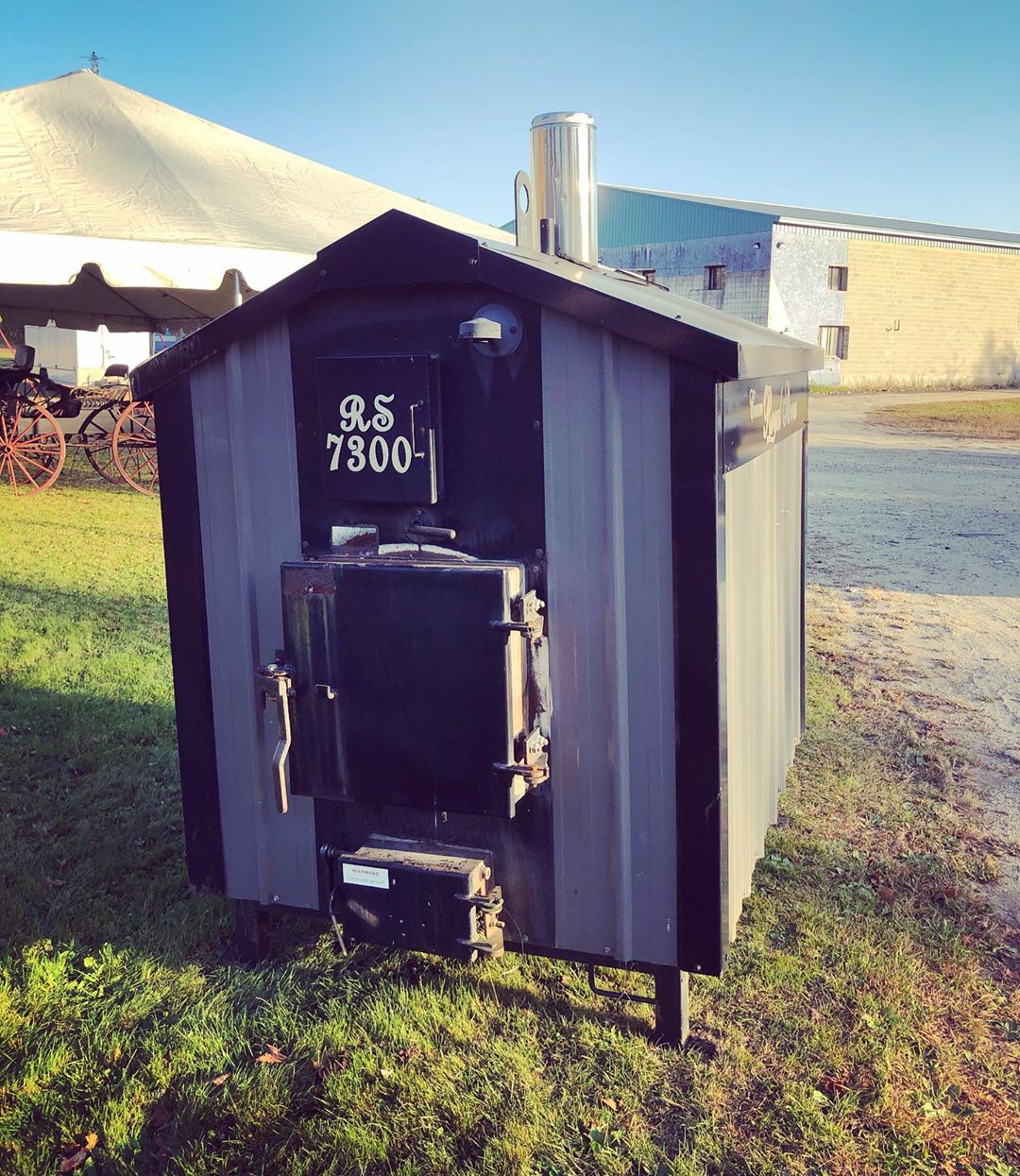
In most cases, the outdoor wood boiler holds several hundreds of gallons of water exposed to the elements by way of a vent. Frequent servicing is required to keep the substance from freezing or corroding. The water in the system will heat to approximately 180 degrees before being pumped through underground pipes into the home. After cycling through the domestic hot water heat exchange, it passes to the heat exchange for the furnace.
The Advantages of Outdoor Wood Heating Source
An outdoor wood boiler offers many benefits, not the least of which is the overall energy efficiency it will provide. It, in turn, equals optimal cost savings. As prices rise on fossil fuels and electricity, wood-burning is becoming an increasingly popular option for heating the home. Follow https://www.homeadvisor.com/r/outdoor-wood-burning-furnace/ to learn benefits associated with outdoor wood furnaces.
For an outdoor water boiler, there is no worry about chopping the wood down to a particular size. Depending on which model you purchase, most can hold large pieces as compared to a standard wood stove. It saves time, effort, and money as you’re able to scavenge for logs or downed trees in your area rather than purchase it from a mill or service.
An outdoor boiler is beneficial in preventing messes from going into the house, carrying wood inside for a standard wood stove. Not only is there typically an accumulation of dust, debris, or bark, but ash develops each time the furnace burns. Someone needs to clear the ash out consistently or it will end up on the floor.
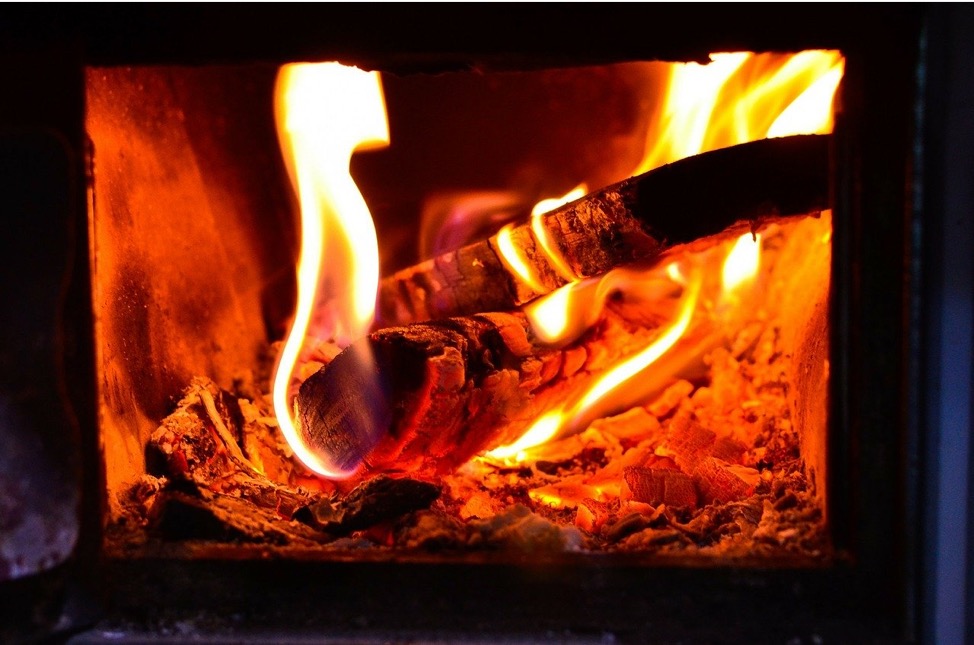
Safety is a significant concern when thinking of whether to install an outdoor water boiler. It is obviously much more secure given the fact that it is outdoors at a considerable distance from your living space. If there were anything to go wrong, the fire would stay in that specific area as opposed to spreading into your safe zone.
With an outdoor water boiler, the domestic water is heated as well. The resource has the capability of heating several buildings while warming the primary structure such as the garage or any workspace you may need to keep at temperature. The advanced thermostat controls mean that maintaining an even temperature is simple throughout the entire space. Plus, the air doesn’t generally become dry or smoky, as may be the case with an indoor wood stove.
Installation and Use Of The Outdoor Water Boiler
With the installation of the outdoor water boiler, there is going to be some digging required for the piping to go in. If multiple buildings are to be heated, this can be extensive, causing a higher price point. The boiler will also use a fairly more excessive amount of wood than that of a wood stove. But, in saying that, it will also burn for a more extended period.
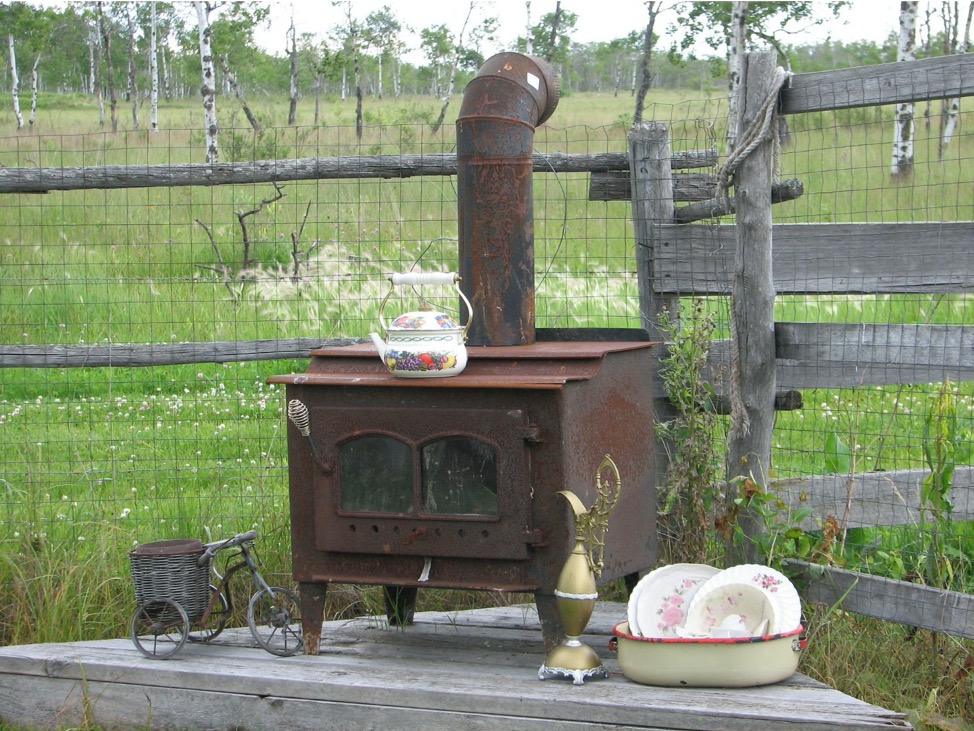
Outdoor Wood Furnaces : Summary
Overall, the idea that the boiler can heat multiple spaces with an even, consistent temperature spread out throughout the space makes the furnace worth the extra cost over the indoor unit. You will want to find the most modern system that boasts an eco-friendly operation as opposed to an older model that will take more wood and produce more emissions. The optimal goal is to be energy efficient and cost-effective.



